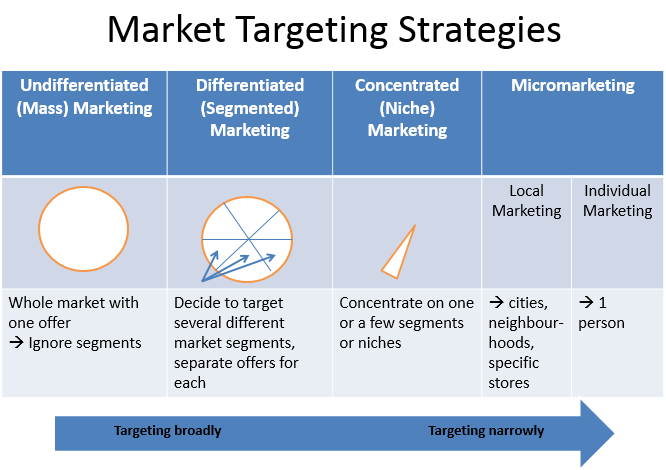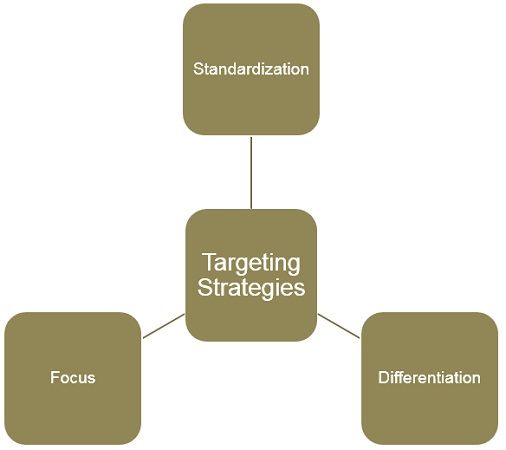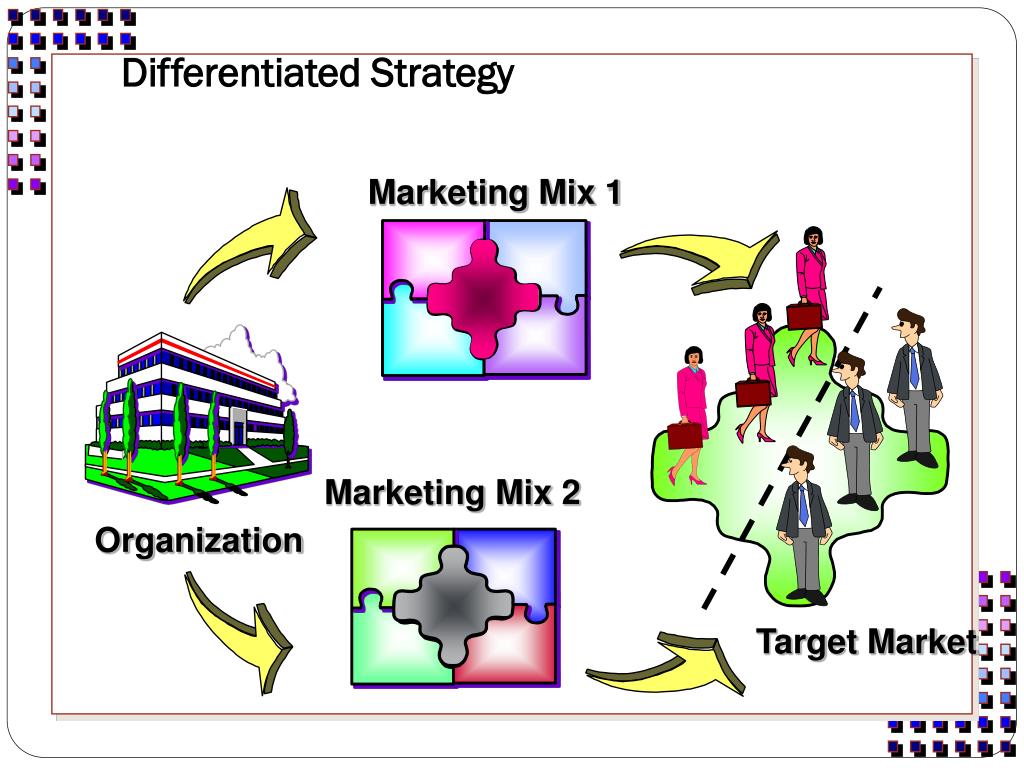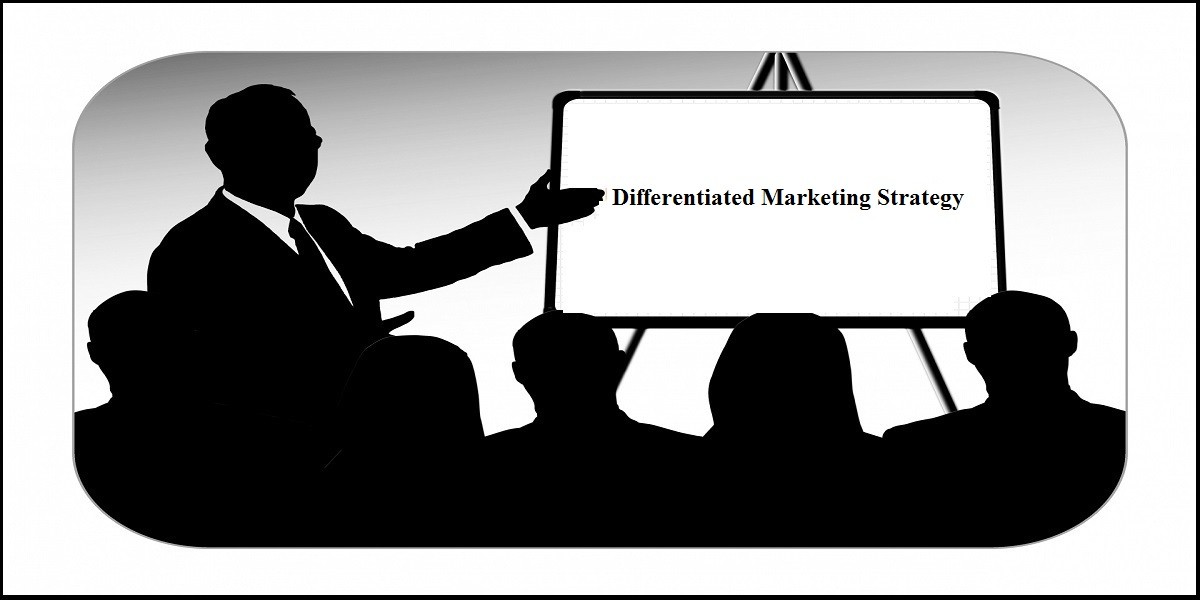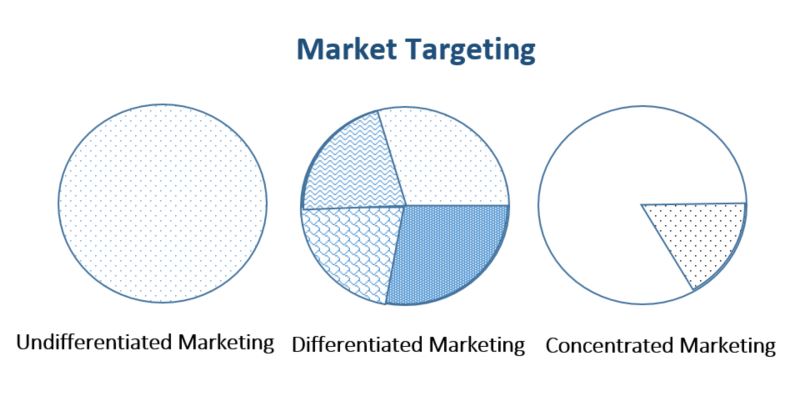Firms Use A Differentiated Targeting Strategy Because

In an increasingly competitive marketplace, businesses are moving away from a one-size-fits-all approach and embracing differentiated targeting strategies. This strategic shift aims to resonate more effectively with diverse consumer groups, ultimately boosting market share and brand loyalty. The move reflects a deeper understanding of consumer behavior and the growing importance of personalized marketing efforts.
The adoption of differentiated targeting strategies signifies a major evolution in marketing practices. Businesses are recognizing that consumers are not a homogenous group, but rather a collection of distinct segments with unique needs, preferences, and buying behaviors. This understanding forms the basis for tailoring marketing messages and product offerings to specific groups.
What is Differentiated Targeting?
Differentiated targeting, also known as multi-segment targeting, involves identifying and targeting multiple distinct market segments with tailored marketing mixes. This approach acknowledges that different groups of consumers require different approaches.
Instead of attempting to appeal to the entire market with a single campaign, companies craft specific strategies for each identified segment. This includes tailoring product features, pricing, promotion, and distribution channels to best meet the needs of each group.
Key Components of a Differentiated Targeting Strategy
Segmentation: Dividing the market into distinct groups based on shared characteristics, such as demographics, psychographics, geographic location, and behavioral patterns. This is the foundational step.
Targeting: Selecting which segments to pursue based on factors such as market size, growth potential, competitive intensity, and alignment with the company's capabilities and resources. It is not viable to target everyone.
Positioning: Developing a unique and compelling value proposition for each target segment. It should consider the competitors and company strength.
Marketing Mix Customization: Adapting the 4Ps (Product, Price, Place, Promotion) to create a tailored marketing mix for each target segment. The 4Ps have to fit each segment's needs.
Why Firms Choose This Approach
Several factors drive firms to adopt differentiated targeting strategies. Primarily, it enhances marketing effectiveness by delivering more relevant and engaging messages.
By tailoring messages to specific segments, companies can increase conversion rates and improve customer lifetime value. Personalized communications make customers feel valued and understood, fostering stronger relationships.
Furthermore, differentiated targeting enables companies to capture a larger share of the overall market. By catering to diverse needs, firms can attract customers who might otherwise be ignored by a one-size-fits-all approach.
Examples of Differentiated Targeting in Practice
Procter & Gamble (P&G): The consumer goods giant markets a wide range of products tailored to different consumer segments. This includes diverse laundry detergent brands (Tide, Gain, Ariel) appealing to various price points and consumer preferences.
Nike: The athletic apparel company targets different segments based on sports, lifestyle, and performance needs. Nike offers specialized product lines for running, basketball, training, and casual wear, each with its own marketing campaign.
Automobile Manufacturers: Car companies routinely use differentiated targeting. They offer SUVs for families, sports cars for enthusiasts, and compact cars for urban dwellers, each marketed with distinct messaging and features.
Potential Challenges and Considerations
While differentiated targeting offers numerous advantages, it also presents some challenges. Implementing and managing multiple marketing campaigns can be complex and costly.
It requires significant resources for market research, creative development, and campaign execution. Additionally, there is a risk of cannibalization, where products targeted at different segments end up competing with each other.
Careful planning and coordination are crucial to mitigate these risks and ensure the overall success of the strategy. It is important to continuously evaluate and adjust targeting efforts based on performance and market dynamics.
The Future of Differentiated Targeting
The trend toward differentiated targeting is expected to continue as consumer preferences become increasingly fragmented. Advances in data analytics and marketing automation are making it easier and more efficient for firms to implement personalized marketing strategies.
Companies can leverage data to gain deeper insights into customer behavior and create more targeted campaigns. The use of artificial intelligence (AI) is also playing a greater role in optimizing marketing messages and delivery channels.
Ultimately, differentiated targeting will remain a vital tool for businesses seeking to thrive in an increasingly competitive and customer-centric marketplace. Companies that can effectively leverage this strategy will be well-positioned to build strong brands, loyal customer bases, and sustainable competitive advantages.
